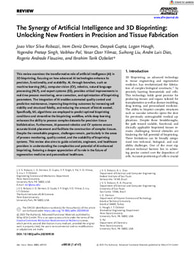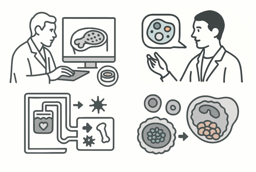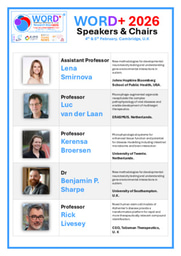Opportunities and insights from pharmaceutical companies on the current use of new approach methodologies in nonclinical safety assessment
acintha Shenton, Imein Bousnina, Michael Oropallo, Rhiannon David, Lucinda Weir, Thomas K. Baker, Helen-Marie Dunmore, Remi Villenave, Mary McElroy, Betty Pettersen, Tushar Kokate, Claudette L. Fuller, Kimberly A. Homan, Eloise Hudry, Charles Wood, Sam Gunter,
Opportunities and insights from pharmaceutical companies on the current use of new approach methodologies in nonclinical safety assessment,
Drug Discovery Today,
Volume 30, Issue 4,
2025,
104328,
ISSN 1359-6446,
https://doi.org/10.1016/j.drudis.2025.104328.
(https://www.sciencedirect.com/science/article/pii/S1359644625000418)
Abstract: Sharing New Approach Methodology (NAM)-based regulatory experiences is crucial for improving human risk assessment and reducing animal use in drug safety testing. To foster broader adoption, the Biotechnology Innovation Organization surveyed companies about NAM usage and collected case studies showcasing NAM-based regulatory filings for biotherapeutics, where NAMs replaced large animal studies for safety assessment. These scientifically justified approaches were generally accepted by global health authorities, particularly in the context of species relevance limitations, prior target modulation experience, and/or when addressing severe disease. Despite successes with NAM-based global regulatory filings, there are concerns from companies about global regulatory harmonization and clinical translatability. NAMs have the potential for greater uptake with enhanced guidance and industry–regulatory agency collaboration being key to their adoption.
Keywords: nonclinical safety; New Approach Methodologies (NAMs); replacement of animals; 3Rs; nonhuman primate; regulatory submission; case examples; pharmaceuticals; drug development; industry consortium





Please sign in or register for FREE
If you are a registered user on WORC.Community, please sign in